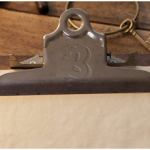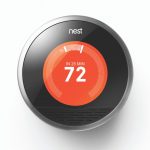
How Cool Should My Home Get in the Heat of Summer?
Here in North Florida, summertime temperatures run somewhere between hot, real hot and let’s fry-some-eggs-on-the-pavement hot! With heat indices that can reach into the 100s on many days, you want your A/C to perform at its peak every day. But how can you tell if it is running as efficiently and effectively as possible?
One key indicator is whether your system is striking the correct temperature balance between the indoor and outdoor air. More specifically, for our area, most systems are designed to lower your indoor temperature about 20°F from the outdoors. So, on days when it’s 100°F outside, and your system is running at its peak efficiency, your indoor temperature will likely never maintain a level lower than about 80°F.
But, have you noticed that your system is taking longer than usual to cool down, or that it does not achieve a 20°F balance? Or that some parts of the house tend to be warmer than others? These could be signs that your HVAC system needs attention.
How can I tell if my A/C is running efficiently?
If your HVAC system is showing any of these symptoms – or if you’re just curious as to whether it’s performing at its peak – here’s a simple test we mentioned in a previous post (Stay Cool and Save on Your Electric Bill) that tells how to check the efficiency of your A/C unit:
On a day when it’s warmer than 80°F outside, and your A/C (with a clean filter) has been running for at least 15 minutes (to let the temperature in the ductwork stabilize), put a thermometer on the intake vent that’s closest to your inside cooling equipment. Keep it there for about 5-10 minutes and note the temperature. Then do the same at the output vent. The air coming out should be 20° cooler than the air going in.
What if the numbers don’t add up?
If the temperature difference is greater than 20° it could mean that your airflow is being restricted, possibly from a dirty filter, poor ductwork or because your A/C fan is too small or going bad.
If the temperature difference is less than 20° then you may have low refrigerant, a dirty coil, a faulty compressor or return system, or your A/C fan may be too big.
What if I’m still uncomfortable?
Even if your test shows that the air coming out is 20o cooler than the air going in, but it still doesn’t feel cool, or you get wide temperature fluctuations in your home, another potential culprit is the size of your A/C unit – it must be properly matched to your structure to operate at maximum efficiency, no matter what the outside temperature and humidity may be. An A/C system should only be designed and sized by professionals – and there are a few common indicators that yours may not be the right fit.
For example, if your system is too large, it will tend to cool your home too quickly, causing it to constantly turn off and on, or short-cycle, without striking the proper temperature-to-humidity balance. (We address this in the post Fans Cool People, Not Rooms.) This will not only leave you feeling clammy and uncomfortable, but it can cause higher energy bills and frequent system breakdowns.
If your system is too small, however, it simply won’t be able to keep up with your cooling demands. This will cause it to constantly overwork and eventually lead to system failure. But, be careful not to confuse this with the fact that today’s newer units are designed to run longer and more efficiently, as we discussed in the post Why Does My New A/C Unit Run So Long?
Bottom line: if your A/C isn’t properly designed, sized and maintained, chances are you’re not getting as cool as possible and you’re wasting a lot of money!
Need a one-time tune up or system repairs? Schedule an appointment with Barineau Heating and Air Conditioning. Can’t wait that long? Get help now.




